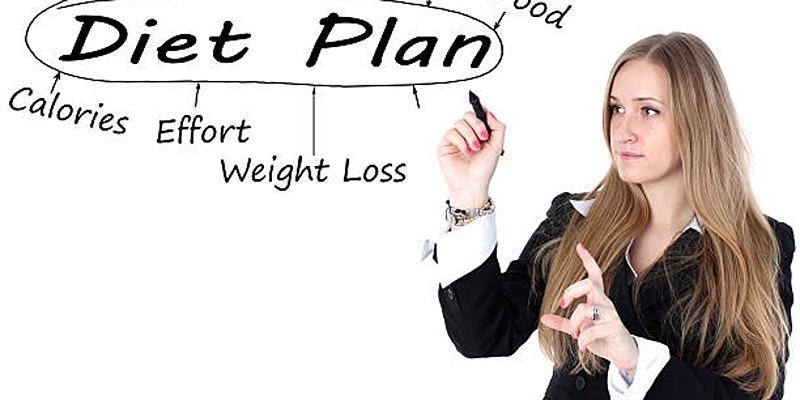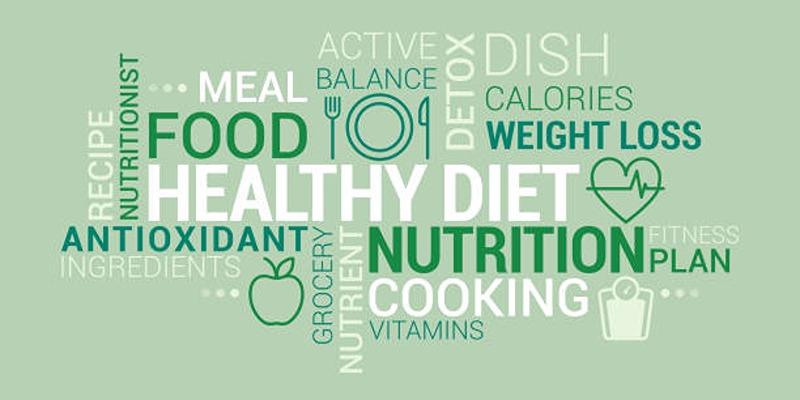The HCG diet is a well known weight loss program that involves the intake of a low calorie meal plan in combination with the hormone HCG in order to induce quick fat loss. Having an organized plan and specific rules, this diet is aimed at resetting metabolism and creating healthy habits that can be followed in the long term. To be successful one needs discipline, planning, and to know its fundamentals.
What Is the HCG Diet?

HCG diet has been formulated in the 1950s by Dr. Albert Simeons who studied that low amounts of HCG, together with a very low-energy consumption (usually 500-800 calories a day) could enable the body to use stored fat as fuel, without losing muscle mass.
HCG is thought to affect the hypothalamus, which is the section of the brain that controls metabolism and appetites. The diet is categorized into phases each having dietary and supplement instructions.
Phases of the HCG Diet
The HCG diet consists of three main phases:
1. Loading Phase (Days 1-2)
- High-calorie, high-fat intake to prepare the body for the low-calorie phase.
- HCG supplementation begins during this phase.
2. Weight Loss Phase (3-6 Weeks)
- Strict calorie restriction (500-800 calories per day).
- HCG continues to be administered via injections, drops, or pellets.
- Only approved foods (lean proteins, specific vegetables, and limited fruits) are allowed.
3. Maintenance Phase (3 Weeks or More)
- Gradual increase in calorie intake while avoiding sugars and starches.
- HCG is discontinued, and the focus shifts to stabilizing weight.
Approved Foods on the HCG Diet
The diet emphasizes whole, unprocessed foods while eliminating sugars, grains, and unhealthy fats.
Allowed Proteins:
- Chicken breast
- Lean beef
- White fish (cod, tilapia)
- Shrimp and crab
Allowed Vegetables:
- Spinach
- Lettuce
- Tomatoes
- Cucumbers
- Asparagus
Allowed Fruits:
- Apples
- Oranges
- Strawberries
- Grapefruit
Beverages:
- Water (at least 2 liters per day)
- Black coffee (no sugar)
- Herbal tea (unsweetened)
Potential Benefits of the HCG Diet
1. Rapid Weight Loss
The HCG diet is likely to cause rapid short term weight loss as it involves severe calorie deficit, usually limiting the intake of the participants to 500-800 calories a day. This drastic cut makes the body use fat as energy source, resulting to noticeable weight loss in a short span of time.
2. Reduced Hunger
An advantage often cited by followers is reduced hunger. The HCG hormone is believed to help suppress appetite, making it easier for individuals to stick to such a low-calorie intake. This can be a significant factor in successfully adhering to the strict guidelines of the diet.
3. Metabolic Reset
Proponents of the HCG diet argue that it does more than just promote weight loss—it may also help reset the body’s metabolism. The idea is that this "reset" can help prevent future weight gain by encouraging the body to maintain a healthier metabolic rate after completing the program. However, the validity of this claim remains a topic of debate within the medical community.
Risks and Controversies
1. Extreme Calorie Restriction
Consuming only 500-800 calories per day can lead to fatigue, dizziness, and nutrient deficiencies.
2. Lack of Scientific Support
The FDA has not approved HCG for weight loss, and studies have not conclusively proven its effectiveness beyond placebo effects.
3. Potential Side Effects
- Headaches
- Mood swings
- Hair loss (due to nutritional deficiencies)
- Gallstone formation (from rapid fat loss)
Before starting the HCG diet, consult a healthcare professional to assess whether it’s safe for you.
Tips for Success on the HCG Diet

1. Follow the Protocol Strictly
Stick to the approved food list and calorie limits outlined in your plan. Even small deviations, like adding unapproved condiments, sneaking in a snack, or increasing portion sizes, can slow down your progress and hinder your results. Consistency is key to achieving your goals, so refer to your guidelines often and stay disciplined. Remember, every choice you make counts toward your success, so it's important to keep the bigger picture in mind.
2. Stay Hydrated
Staying well-hydrated is key to maintaining overall health and managing weight. Drinking enough water helps flush out toxins, aids digestion, curbs hunger, and boosts energy levels. Aim for 8-10 glasses daily, and if plain water feels dull, try adding herbal teas, lemon slices, or cucumber for a refreshing twist. Proper hydration also benefits your skin, mood, and focus, making it an essential part of your wellness routine.
3. Monitor Portion Sizes
Portion control is critical, even when you’re eating approved foods. Overeating – even with healthy options – can still lead to a calorie surplus, which may slow your progress or cause weight loss plateaus. Use tools like a food scale, measuring cups, or portion containers to ensure you're consuming the recommended serving sizes. Paying attention to portion sizes not only helps with weight management but also trains your body to recognize appropriate amounts of food over time.
4. Incorporate Light Exercise
Adding gentle physical activities can enhance the effectiveness of your plan, improve circulation, and boost your metabolism without putting too much strain on your body. Start with low-impact options like walking, stretching, yoga, or even swimming for 20-30 minutes a few times a week. Light exercise can also improve your mood, reduce stress, and support mental well-being, which are just as important as the physical results. Over time, you may consider gradually increasing the intensity as your body feels ready.
5. Prepare Meals in Advance
Meal prepping is a powerful tool for staying on track and avoiding impulsive, unhealthy food choices. Spend time each week planning your meals, shopping for ingredients, and preparing them in advance. This eliminates the guesswork and ensures you always have compliant, portion-controlled options on hand.
6. Transition Slowly in Maintenance
Once you’ve hit your goal, the journey isn’t quite over. Transitioning into the maintenance phase requires patience and care to prevent sudden weight regain. Gradually reintroduce new foods to your diet, one at a time, to see how your body responds. Focus on maintaining balanced meals that include proteins, healthy fats, and carbs in the right portions. It’s also important to keep some of your good habits, like portion control, hydration, and tracking, to ensure your long-term success. Maintenance is about creating a sustainable lifestyle that works for you.
Alternatives to the HCG Diet
If the HCG diet seems too restrictive, consider these sustainable alternatives:
- Intermittent Fasting: Controls calorie intake without extreme restrictions.
- Ketogenic Diet: Focuses on high-fat, low-carb eating for fat burning.
- Mediterranean Diet: Emphasizes whole foods, healthy fats, and balanced nutrition.
Conclusion
The HCG diet can lead to rapid weight loss, but it comes with risks and requires strict adherence. Before starting, consult a healthcare provider to ensure it aligns with your health needs. For long-term success, focus on balanced nutrition and lifestyle changes rather than quick fixes. Sustainable habits lead to lasting results.












